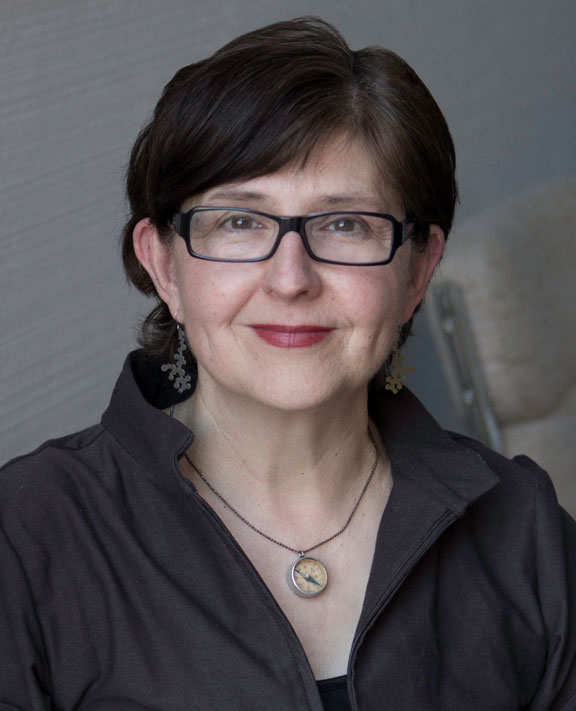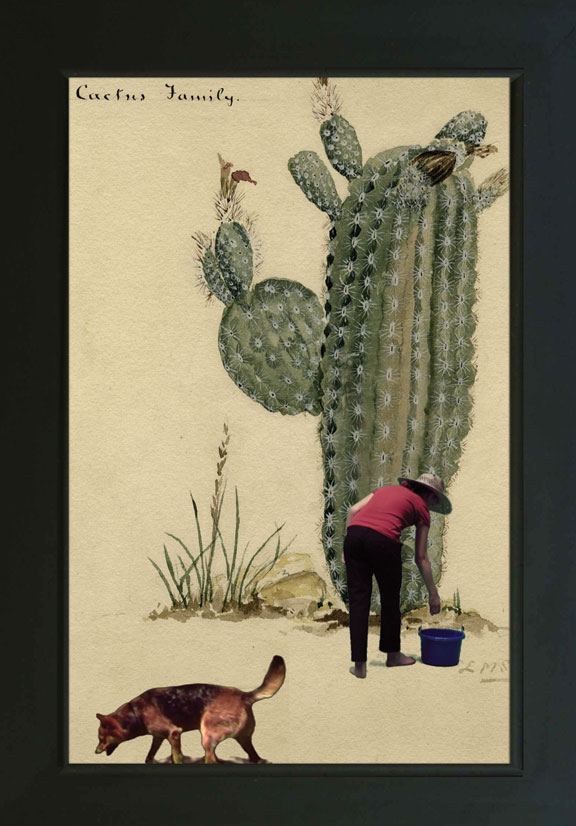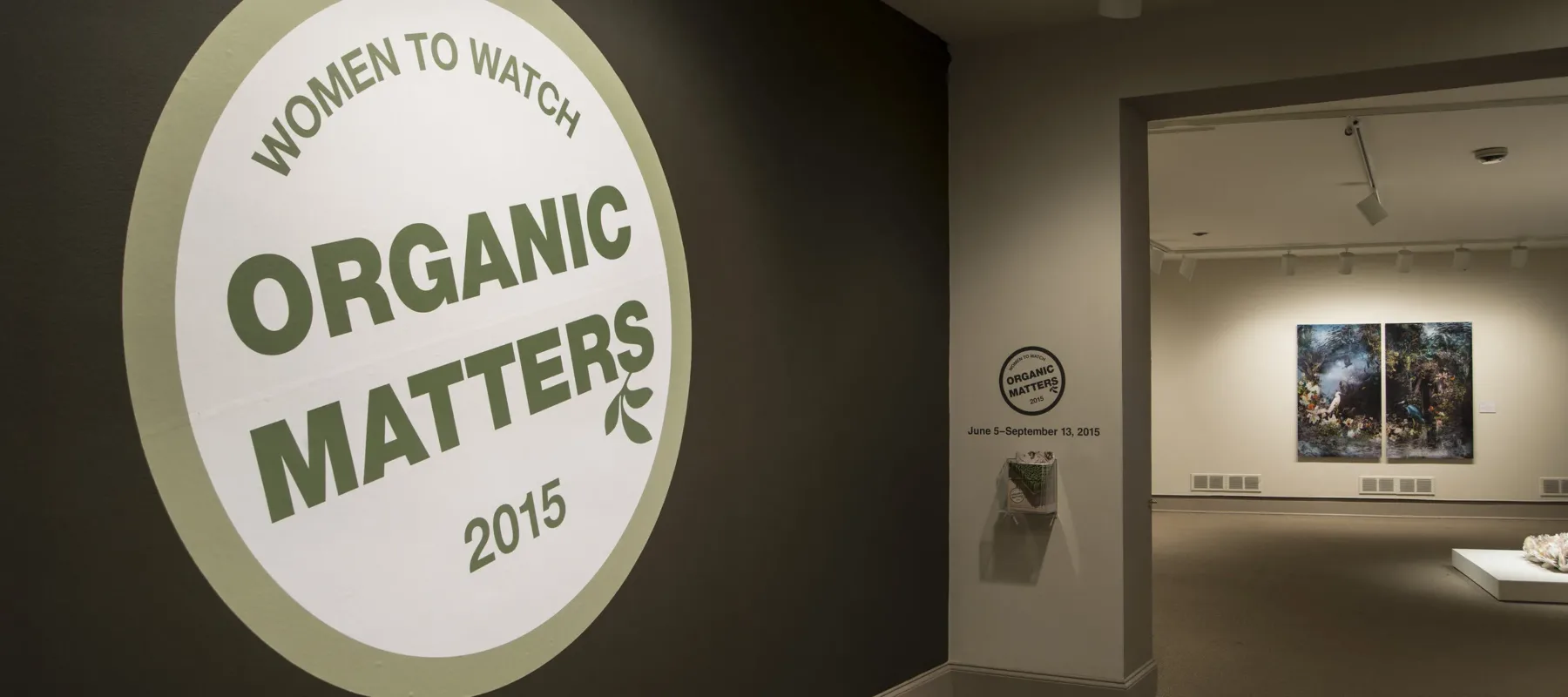The fourth installment of NMWA’s biennial exhibition series, Organic Matters—Women to Watch 2015 is presented by the museum and participating national and international outreach committees. The exhibition’s artists redefine the relationship between women, art and nature. Associate Curator Virginia Treanor spoke with emerging and contemporary women artists featured in Organic Matters.
Organic Matters—Women to Watch 2015
Artist: Mary Tsiongas
Nominating committee: New Mexico State Committee / Consulting curator: Lisa Tamiris Becker, UNM Art Museum
1. Organic Matters includes art that refers or responds to the natural world. How does your work The Mercurial Dog Anticipates Her relate to the theme?

My vision for this piece, which is part of a body of work called The Likenesses of Light, was to relate the interdependence of plants, animals, and humans to the interrelationships of art forms through contemporary media. The work is informed by early film history, and in The Mercurial Dog Anticipates Her, I used a botanical print by Edward Skeats (a little-known artist in the collection of the UNM Art Museum) as a backdrop or environment for the action to happen. The work shows a scenario in the desert that alludes to childhood fables and folklore but also our deep dependence on water and animals for survival. I evoke fables and folklore because as children this is one way we learn about nature; we learn that nature is animated, alive, wise, tricky, powerful, humbling, etc.
2. Is this piece representative of your oeuvre? How does it fit into your larger body of work?
It is fairly representative of my most recent works. In the series “Vanish” and “The Likenesses of Light” I use paintings and drawings of landscapes/plants/animals by other artists as backdrops and then add or animate characters that manipulate the work in some form. The figures inhabit the paintings/drawings, erase them, blur them, and change them, alluding to our manipulation of and effect on our environment. The work also suggests the potential impermanence of new media and the durability of paintings. I was hoping for a playful dialogue with painting as an older tradition; it’s a frozen frame, a created moment in time, whereas video moves, connotes lapsed time, and is more ephemeral.
The piece that is in Organic Matters has a botanical drawing of a cactus as a backdrop and in the foreground I’ve added a figure of a girl and a coyote-like dog that appear to change and alter the cactus and thus the drawing. I am hoping the work tells a story of the interdependence of humans, animals and plants.

3. As an artist, what is your most essential tool? Why?
I do a lot of research for my work, or perhaps more appropriately “hunting” for information, images, objects that will spark the evolution and development of whatever I’m working on. So the computer is probably the most essential tool I use. But I also go to libraries and bookstores, and I walk in the desert to find this “information” as well.
I would also have to add a skill that is essential for me, and that is editing. Not just for video editing on my computer, editing is ultimately one of the most important skills an artist can have. You have to know what stays and what to get rid of or what doesn’t belong in the work.
4. Who or what are your sources of inspiration and/or influence?
In addition to my interest in folklore and metaphysics, I also have a background in science. I am currently reading (and sometimes rereading) Julian Barbour’s book The End of Time. It’s a book on the physics of time. Several years back I became very interested in “time” and how we understand it as humans. It evolved from an interest in trees and their immensely long lives; and in dendrochronology, the study of tree ring dating. I have been reading up on different ideas of time as much as I can. A few years back I saw David Wilson’s stereoscopic video Book of Wisdom and Lies at the Museum of Jurassic Technology in L.A. I was amazed how it seemed to represent the idea that time and space are linked; it’s also absolutely gorgeous. It has been another great inspiration.
5. What’s the last exhibition you saw that you had a strong reaction to?
Last fall I was part of an exhibition called Late Harvest curated by JoAnne Northrup at the Nevada Museum of Art. It was a remarkable exhibition that juxtaposed contemporary works, some of them using taxidermy, with historical wildlife paintings. The diversity of works and the way they were installed in the space was quite entrancing. There were works in the show that were disturbing, and many that were quite inspiring.
